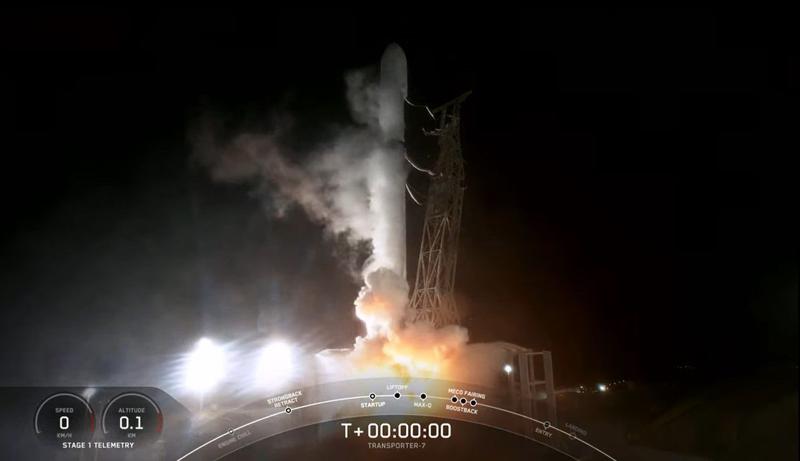Third Catalan nanosatellite, Minairó, enters orbit
Space object aims to improve 5G connectivity and will pass over Catalonia every five days

Minairó, Catalonia's third nanosatellite, entered orbit on Saturday morning aboard American company SpaceX's Falcon 9 rocket.
The launch was successfully made from Vandenberg, California, after being delayed twice.
The nanosatellite was expected to take off on Wednesday, and then on Friday, this week, but its launch was put off due to adverse weather conditions.
In space, the nanosatellite is expected to orbit Earth around 550 km into space at an approximate speed of 8 km/h and will pass over Catalonia approximately every five days.
The satellite has the aim of establishing a "laboratory in orbit" and improving 5G connectivity.
The device is named after a type of tiny elf, typical in myths and legends of the Pyrenees. The name Minairó was chosen by the young viewers of InfoK, a children's news programme from Catalan public broadcaster TV3.
Menut and Enxaneta
Catalonia's second nanosatellite was named Menut, which means small in Catalan, after almost 20,000 children voted on what it should be called.
The first nanosatellite, Enxaneta, was named after the daredevil children who climb to the top of human towers and raise their hands to the sky to signal the castell (castle) has been crowned.
Menut was launched to provide data for dealing with challenges such as energy or climate change while Enxaneta's main goal was to improve IoT (Internet of Things) connectivity.
The nanosatellites funded by the government also serve to "train up" a Catalan industry that seeks to compete at a global level, according to the director of the Catalan Institute of Space Studies, Ignasi Ribas, at the launch of Menut.
Find out more about Enxaneta and the Catalan Space Agency in this podcast from March 2021.